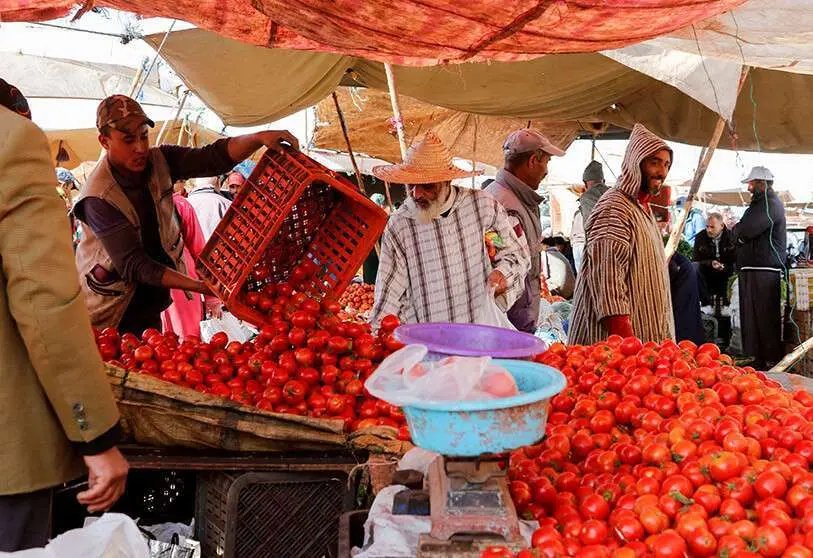El sector primario y el de servicios lidera la creación de empleo de Marruecos en 2021

Morocco's current unemployment rate stands at 12.3%. The latest data collected published that, in 2020, the figure stood at 11.9%, showing a significant increase in unemployment that could cause the imbalance of the Kingdom's economy. Throughout the past year, there have been two sectors that have stood out in job creation. These have been the service sector and the primary sector - agriculture, forestry and fisheries.
This is revealed by the High Commission for the Plan (HCP) in its latest report. According to estimates of the more than 10 million jobs created, the service sector employed 45.8 % and the primary sector grew by 31.2 %. The majority of Moroccan citizens opt for these two areas to find work. According to the briefing note, almost 7 out of 10 people, who live in rural areas and account for 67.8 % of them, work in agriculture and related jobs. Although the HCP adds that, at the national level, 68,000 jobs have been created, most of them in the more rural regions, while in urban areas the number of unemployed has decreased by more than 11,000.
On the other hand, the service sector is more typically seen in the more urban areas and large cities, where it is confirmed that, over the last year, almost two thirds of the population in these areas has been engaged in this profession, creating more than 115,000 jobs.

Behind agriculture and services, other industries have also been active in providing employment, although they have not achieved the same amount of increase as the other two sectors mentioned. Crafts is the third largest job-creating force in the country, with a record of 11.7%. This is followed by construction and published works which have provided 11.2%.
The job creation trend has been seen in these sectors since mid-2021. The HCP already pointed out that agricultural work is the main source of income for Moroccans, and the main cash inflow for families. "At the national level, 38% of household income comes from wages, 44% in urban areas and 23% in rural areas," the note specifies.
The same report notes that during this past year, a total of 470 million working hours per week have been recorded, which corresponds to a 19% increase in the amount of employment time spent by workers.

Compared to 2020, a year severely affected by the outbreak of the coronavirus in businesses around the world, the Moroccan national economy has created 230,000 more jobs, with 130,000 in rural areas and 100,000 in cities. In 2020, a loss of 432,000 jobs was recorded, so it is a large increase despite the drawbacks created by COVID-19. It is worth noting that compared to 2019, a pre-pandemic year and where nothing altered the bases of the world economies, Morocco has created in 2021, 165,000 more jobs in comparison.
The High Commissioner for the Plan also publishes in the document the unemployment rates at a socio-demographic level. In urban areas, unemployment rises from 15.8% to 16.9%, while in the more rural regions the trend drops by almost one point, from 5.9% to 5%. On the one hand, young Moroccans suffer the most from unemployment. People aged between 15 and 24 have an unemployment rate of 31.8%, while graduates occupy 19.6% of this percentage; people with no education or diploma have 4.6% of unemployed people and the country's women have 16.8%, while men remain stagnant at 10.9%.








